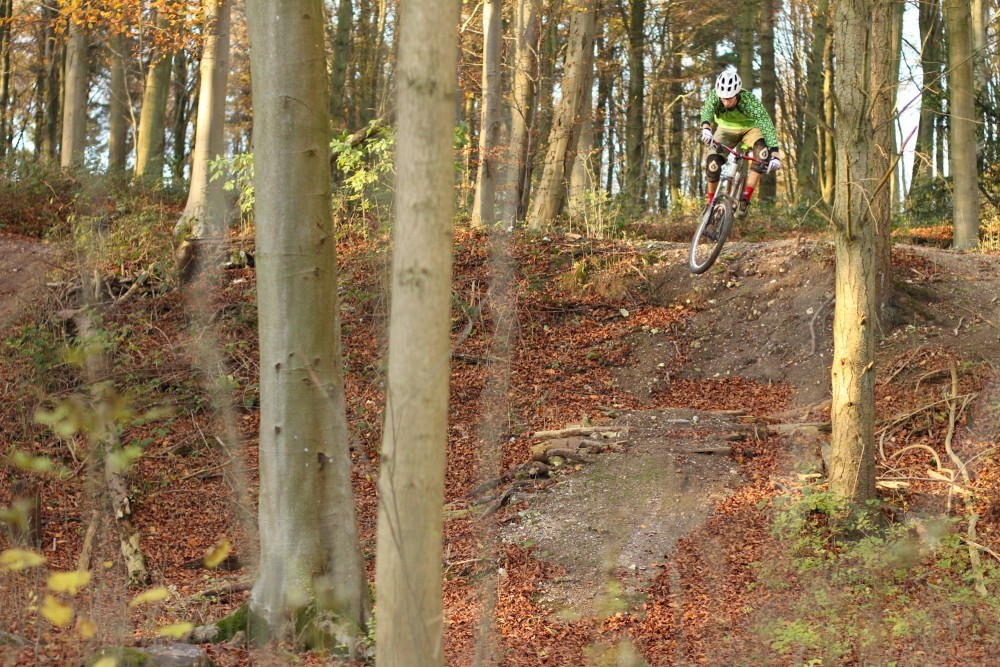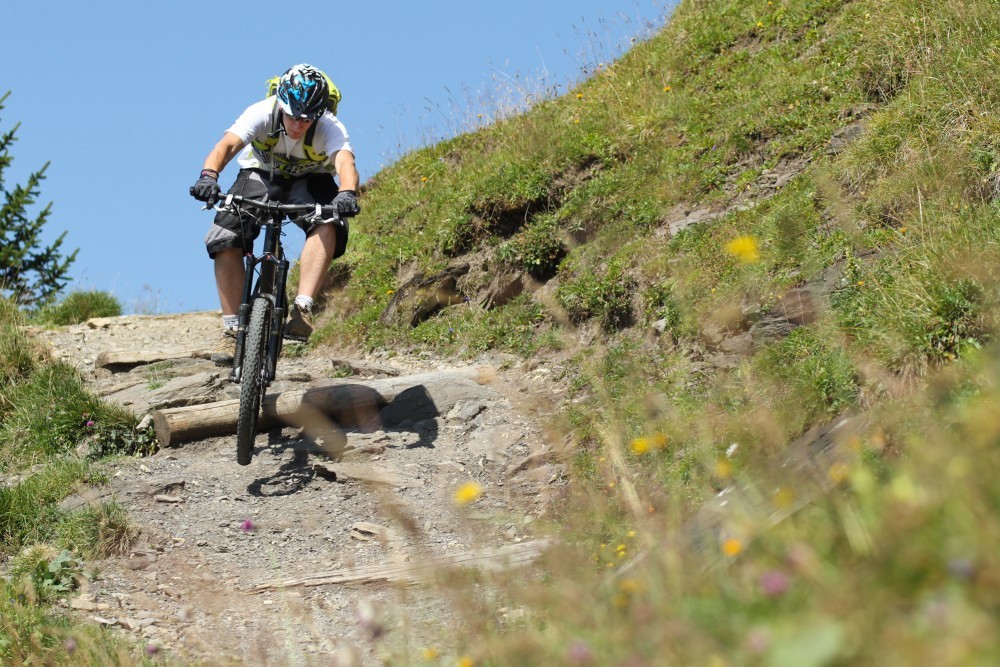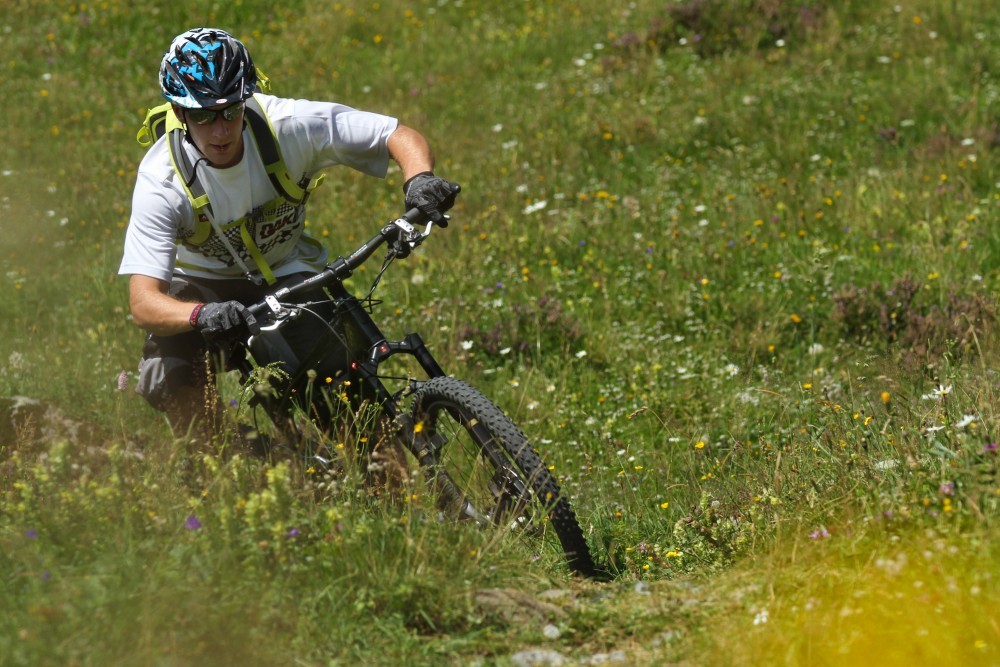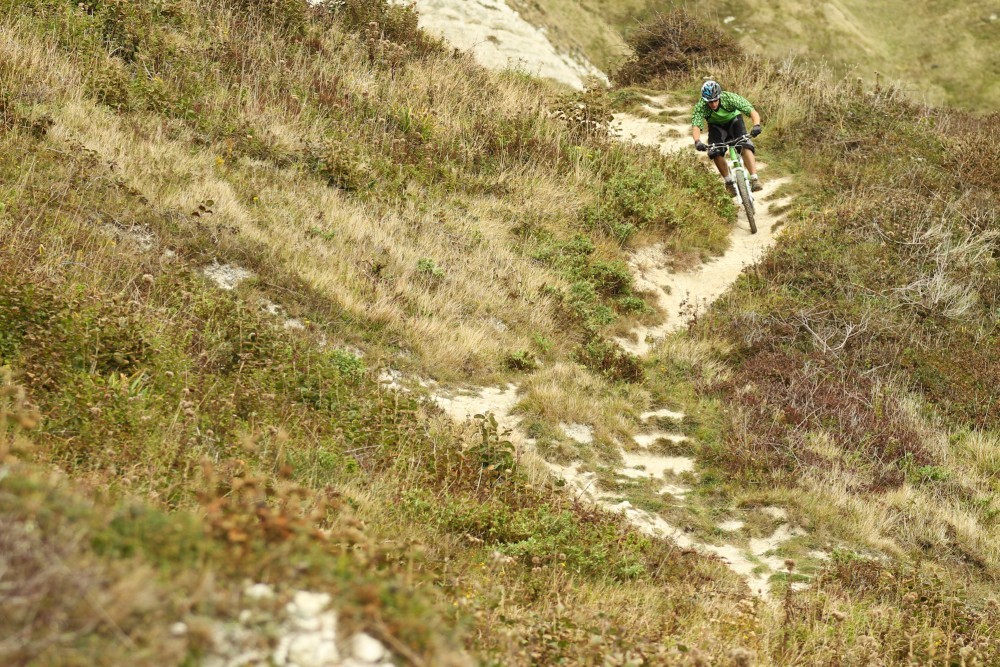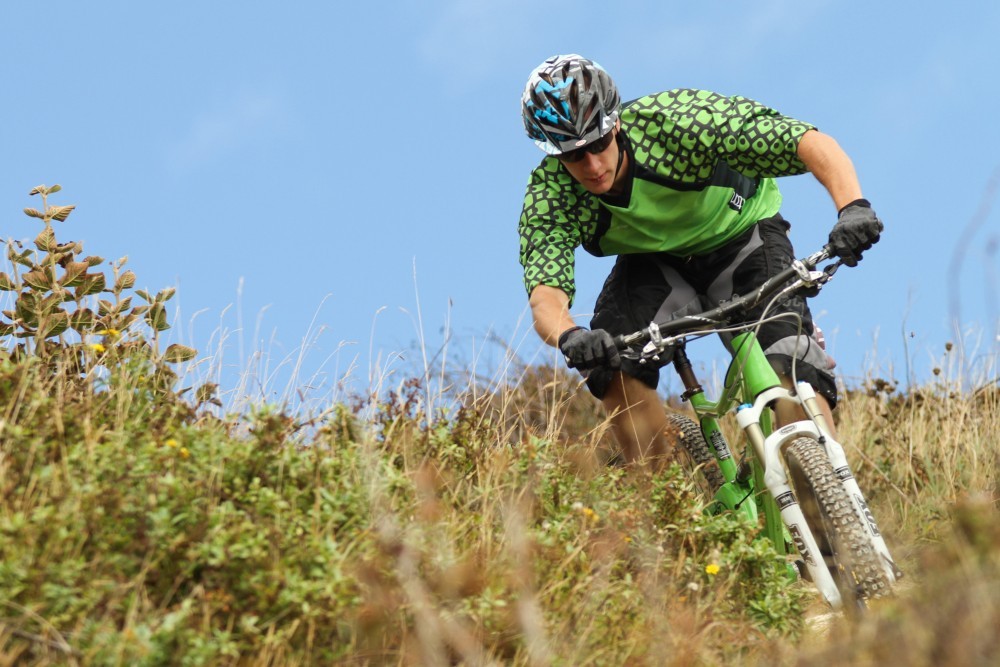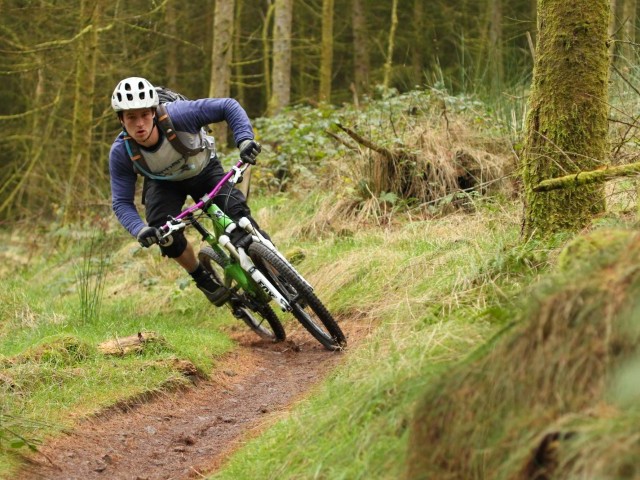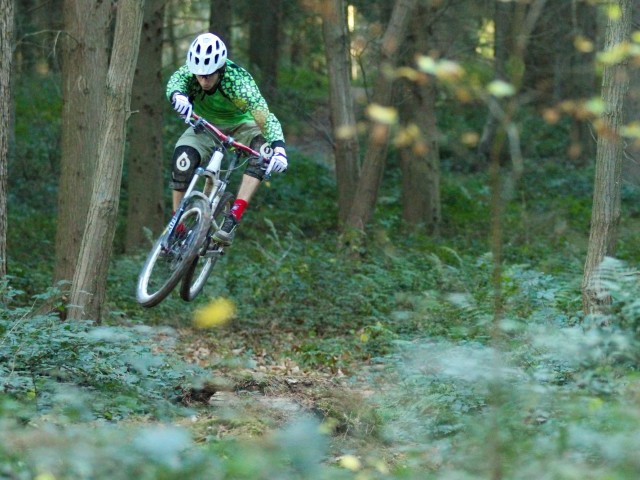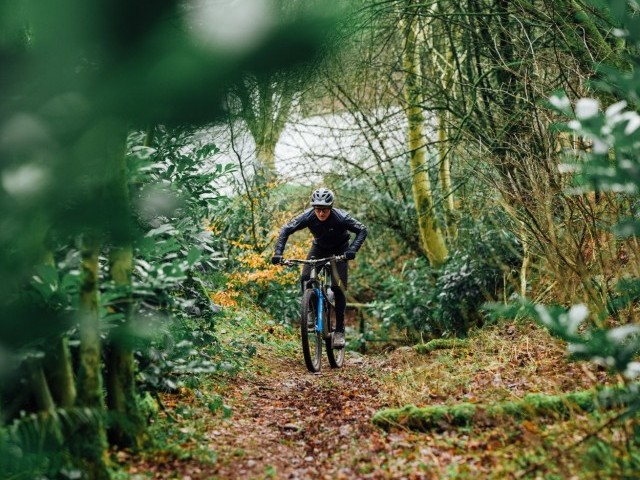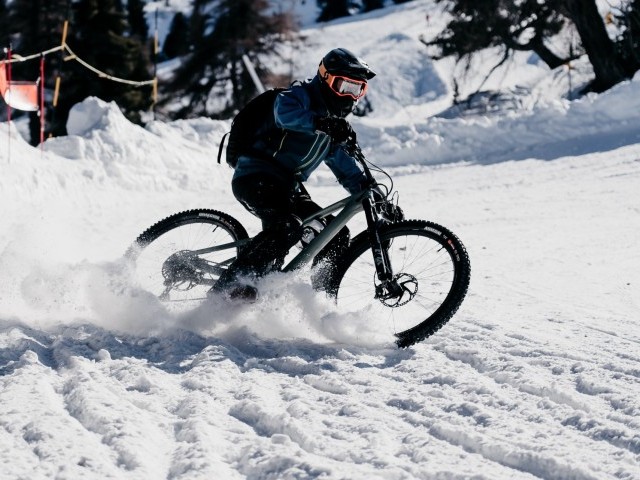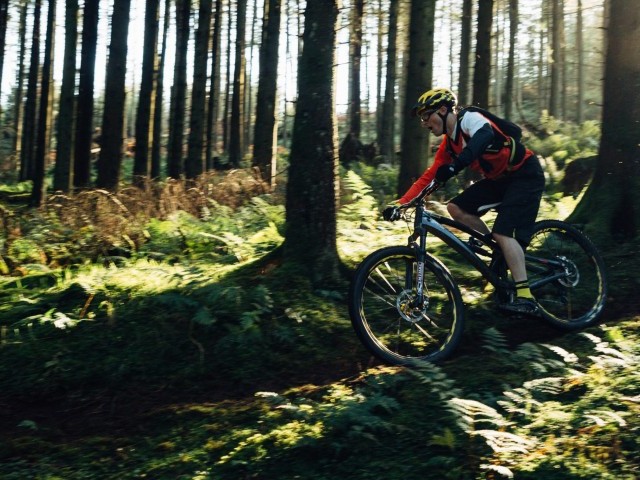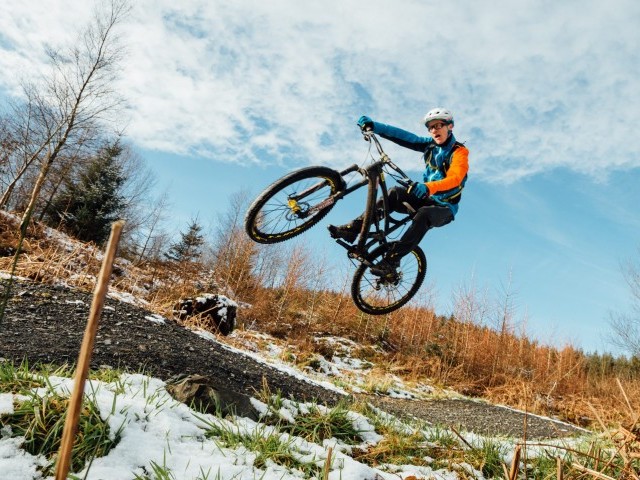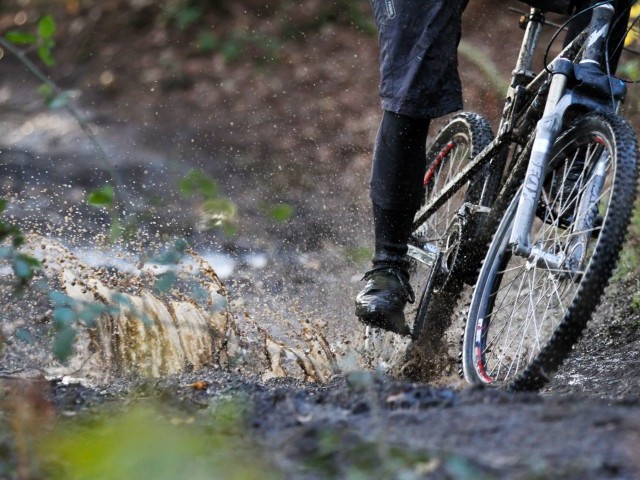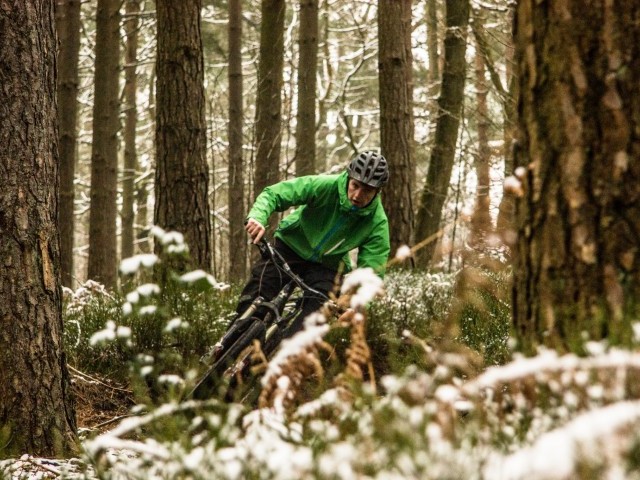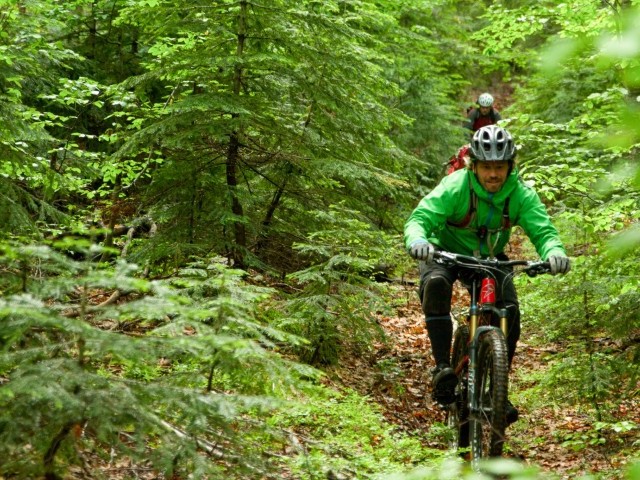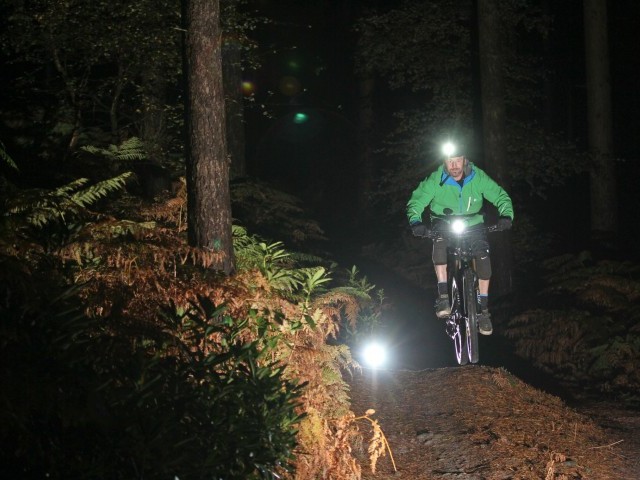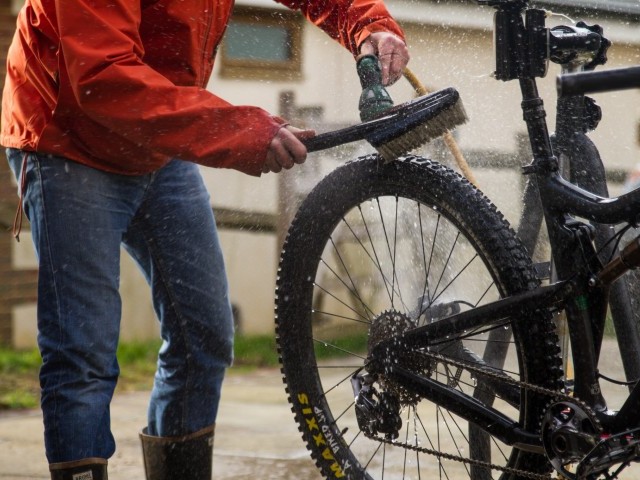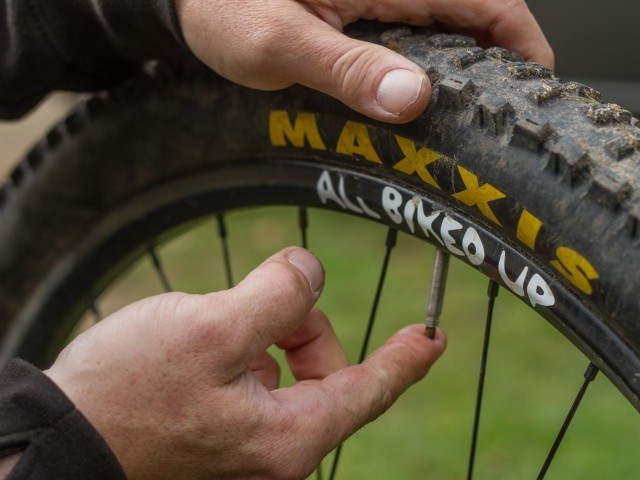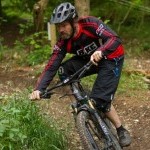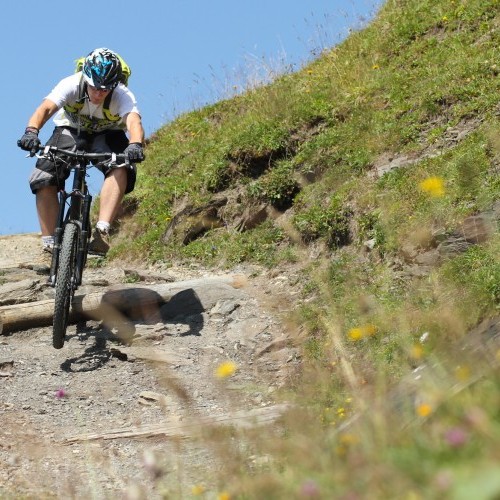
Roll on Summer
Technique / Seasonal Riding
With the clocks having sprung forward and the mercury rising (albeit not steadily), longer drier days herald the start of another summer season on the trails. After two seasons of decline in both weather and trail conditions you may find that your own riding is also a bit weather beaten and in need of a little TLC.
Firmer trails will of course run faster and you will no doubt already be feeling the effects of this. As good as this feels, don’t forget that the trails may have improved but this does not mean that your skills have. Coming out of the winter season it is easy to misinterpret your faster speed as a sign you have suddenly improved as a rider.... If only things were that simple.
The good news is that by focusing on some key areas, matching your skill level with the heightened confidence that drier trails and improving conditions fuel, is achievable.
As spring breathes new life into your trailside surroundings now is the time to spring clean your skills, finesse your riding and give your progression a growth spurt. As the countdown to summer starts we are going to count down some top tips for getting the most out of everyone’s favourite riding season. The not so dirty dozen outlined below will give you plenty to work on this spring and have you in good shape for a bit of summer lovin'. Setting up for summer is a case of addressing your physical and psychological skills sets as well as your equipment. Sow the seeds of summer success now and reap the benefits while the days are long, the trails are hard packed and smiles at their broadest.
1. Set Up
Tweaking your steed is an obvious place to start when it comes to preparing for summer. Many riders will look no further than splashing some cash on equipment in a bid for better performance. Although one should definitely look beyond the bank balance and bike shop for answers there is some virtue in renewing, replacing and revitalizing your bike. Chances are if you have ridden through the winter your bike will have taken a bit of a beating. Post ride cleaning regimes can be hard to maintain when you arrive home soaked to the skin and freezing cold. Mud, grit and water will all have taken their toll. Check chains for stretch and cassettes and chainrings for wear. The effectiveness of your riding can dramatically be affected by something as simple as replacing a grime filled cable outer. After a tough winter getting hammered on the trails (or a prolonged period of hibernation) your bike will no doubt benefit from a 'detox'. Although it is all too easy to blame the bikes performance for our own shortcomings, after a long winter of abuse and neglect, it may indeed be the bike that is to blame (at least in part). Drivetrains are not the only parts that will have suffered over the course of the winter. Check your forks performance. If you are riding a full susser, bushings and bearings might well benefit from replacement or service at this time of year. Giving your bike a good shakedown and service is a worthwhile consideration if you want to get the most from the summer ahead.
2. Get Some New Shoes.... for your Bike
Winter conditions require deeper but wider tread patterns. Digging through a soft surface to find grip in winter is a common need. Firmer, drier trails are better tackled with a tighter less pronounced tread pattern. Equipping your bike with summer tyres (if the trails are dry and firm) will reduce rolling resistance whilst offering better traction at the same time. If your tyres are not biting through the trail, a summer tread pattern will allow not only for a greater area of contact across the trails surface but also roll faster. A little additional air might also contribute to this and with more grip and less slide to deal with you can afford to run a slightly higher tyre pressure in summer.
3. Cultivate your Cardio Fitness and Core Strength
It is all very well making sure your bike is fully serviced but we must also consider priming, servicing and tuning the engine. After a winter of slacking, over-indulging, taking riding ‘rain checks’ and spending more time chewing the fat than out on the trails, it is time to shake off the winter’s comfort blanket of lethargy and fireside reminiscing. Get out there and put some miles in. This needn’t be out on the trails. Consider a commute to work for part of your training program in preparation for summer ‘buffness’. Okay, so you may not be able to do the whole journey on the bike but perhaps consider a two wheeled interpretation of the congestion busting problem solver that is Park and Ride. As well as your general fitness think about your core strength. Whether you opt for sit ups and crunches before your cornflakes or a post-work Pilates session, building strength at the core is a good place to start.
4. Hydrate - Obvious but Often Overlooked
This is by no means applicable only in summer but as temperatures rise you are going to need to up your intake. In rudimentary, scientific terms, ‘Fluid losses during exercise decrease the circulating blood volume as well as the water content of individual muscle cells’. I am no doctor but that doesn’t sound good to me and it is no surprise that, ‘Impact on performance can be directly related to the levels of dehydration’. It is not just a case of drinking as you ride or once you are thirsty. Don't wait until your mouth is drier than an Alcoholics Anonymous Xmas party before you start to think about this. Recommended is a swift pint or two (of water) a couple of hours or so before you ride and another pint thirty minutes before you ride. If you are riding hard enough to break a reasonable sweat you’ll be needing about a litre an hour, taken in regular sips, as you ride. If you want to flow faster for longer this summer, it looks like water will play more than just a metaphoric part in the process.
5. Speed Control
In summer your speed can rise faster than the price of beer and fuel (no really it can). You might easily find that you are going a fair bit faster into sections that in winter you would naturally be approaching with less speed. On a physical level this speed may outweigh your ability or be just too high for that section. Failing to make corners or out jumping landings can be issues you will face as your speed rises thanks to firmer conditions and faster rolling speeds. As well as physical connotations you need also to consider the psychological impact of higher summer speeds. A sudden conscious awareness of your higher than usual speed can cause panic. This can affect your emotional state, triggering flight responses that quickly overtake your learned skills. Rather than sudden panic breaking, or simply freezing solid as the bike accelerates rapidly out of your comfort zone, temper your rate of acceleration where necessary so that you never get to the point of outright panic. By no means should you be running your brakes through every section, far from it. Simply bear in mind that you may have to do more to get your entry speed to sections right and thus avoid any deceleration in the section itself.
6. Pump Harder and Pump More
As trails dry out you will be able to get more drive, more often from even the smallest of transitions. Sections you may have rolled through when the surface was softer, more slippery and less predictable, when dry, may well harbour opportunities to drive your bike and gain momentum. Where puddles form in wetter times are undulations in the trail that can be pumped. Dry trails reveal more opportunities to release the potential energy they hold; even the smallest bump can provide drive. You can afford to confidently add more force, more rapidly, knowing that your wheels will keep traction and the bike wont be squeezed out from under you in doing so. The more you put into your pump the more you will get out. Harder trails wont soak up that pump, sapping its power. It may well be worth experimenting with changes to your suspension set up. Stiffening things up a little will mean that less of your pump is absorbed by the shocks and the bike pushes back at you with a little more force and frequency - channeling this force into forward propulsion is the goal. Developing your understanding of energy management is a crucial aspect in getting more from summer trails.
7. Stay Loose
Harder trails and a firmer suspension set up with a slightly faster rebound may make for more power to your pump but you will feel more feedback from the trail. Add in a harder tyre and you will effectively mean that the bike kicks back off the trail harder and faster. If your suspension set up is firmer and wallows less you will need to soak up the trails energy more with your body. It is easy to try and strangle a bucking bike, tensing up and gripping on tight. Keep fluid on the bike and make sure you play a bigger part in the suspension process.
8. Project
By no means new news. Faster speeds require you to look and think further ahead of the bike. If you need more time to make decisions you have two choices, slow down or project further ahead of the bike. Lift your head up and look through sections. Knowing the drier trails offer more traction and dry roots are less slippery should help you to achieve this.
9. Seize the day(light)
The short dark days of winter provide plenty of reasons not to ride. Any riding you do will want to be getting your trail fix rather than spending time finessing your skills. With those dark days behind you make the most of the earlier daybreak and later sunsets. The more trail time you put in the more you will get out of every minute. With extra ride time available dedicate at least one of your outings a week purely to developing your skills. Session sections and try and get some footage of what you are doing and when. What you know you want to be doing and what you actually do in the heat of the moment might be two very different things. When reviewing your performance think about the core elements to each technique rather than the technique as a whole. Break your riding down into the component physical elements of Footwork, Looking, Body position, Speed control and Energy management. Check out what is happening and when. Are you breaking in the section? Are decisions made before the entry point or are you reacting to performance cues too late? The camera never lies and you may be surprised by what you see. It is all very well knowing what to do but seeing what you are not doing correctly is crucial to progression. There are some great Apps out that will allow for swift and easy on trail analysis...if you dare to watch!
10. Experiment with Line Choice
Drier trails will open up more options in terms of line choice. Greasy, cambered, wet roots that might be avoided in wetter times may remain a less visually appealing line choice even in summer, but in reality might provide you with a better option than the line you have followed in winter. Slippery when wet roots might be, but come summer they can be transformed into a series of transitions waiting to be pumped. The points on a trail where you can find traction for either acceleration or deceleration will be more numerous - embrace that and try a new line or two rather than sticking firmly to the one you know
11. Take Some Training
If you see indulging in some qualified training as weakness rather than a strength then perhaps it is you that most needs professional help (although a psychiatrists chair might need to be the first stop). There are many reasons the very best in any sport get to where they are. Omnipresent for those at the top will be coaching training and performance analysis. You may not have aspirations to be a contender on a world, national, or regional level (or even among your ride buddies) but don’t think that you wont benefit from structured progressive training. Instruction and coaching are not purely the preserve of beginners and newbies. Contrary to popular belief old dogs can be taught new tricks. 20 years of doing something does not mean you have been doing it right or that some subtle tweaks might not give your riding as a whole a massive boost. Open your mind to it and some qualified instruction will no doubt prove to be one of the lowest cost but highest value upgrades you ever make.
12. Relax and Enjoy
Try less, smile more. The summer is short lived so make the most out of it and have yourselves a blast!
This technique article was in Issue 17 of IMB.
Related
By Richard Kelly
Richard Kelly has been riding bikes since forever, and teaching people to become better mountain bikers for over a decade. He’s always out in the Surrey Hills training riders, building trails and riding for himself whenever he gets the chance. His unique perspective on mountain bike technique has earned him fans the world over, with some speculating he is actually Jamiroquai or perhaps Jack Sparrow…




